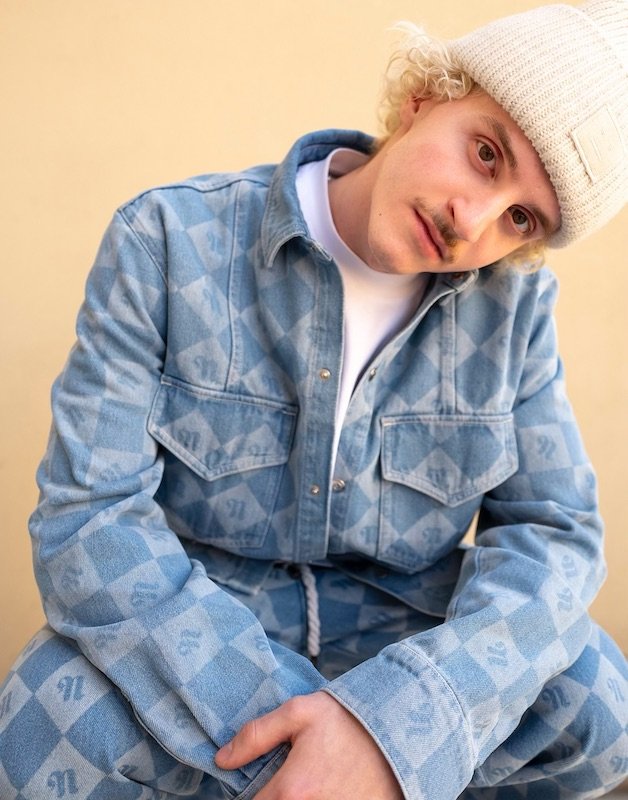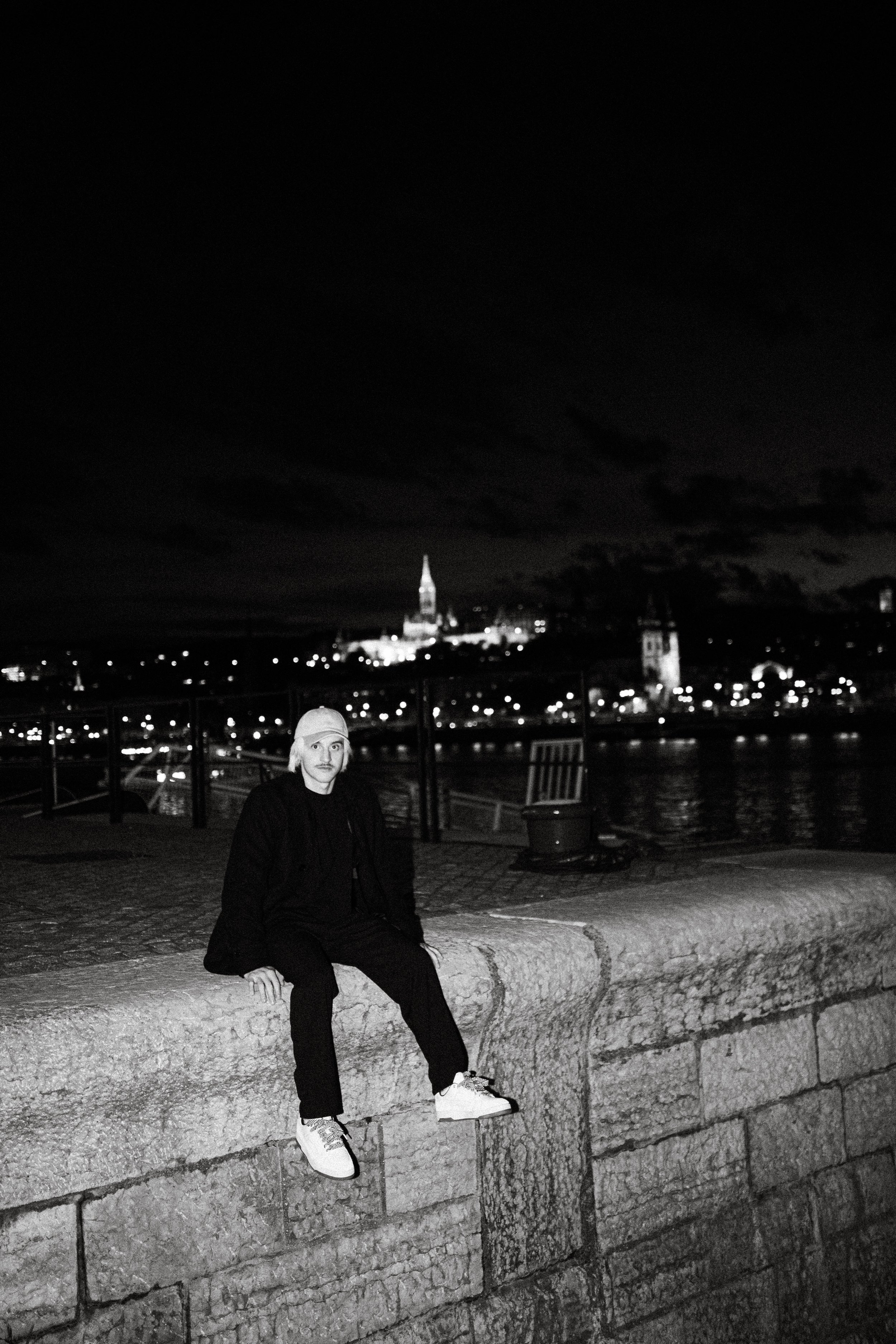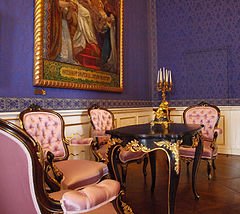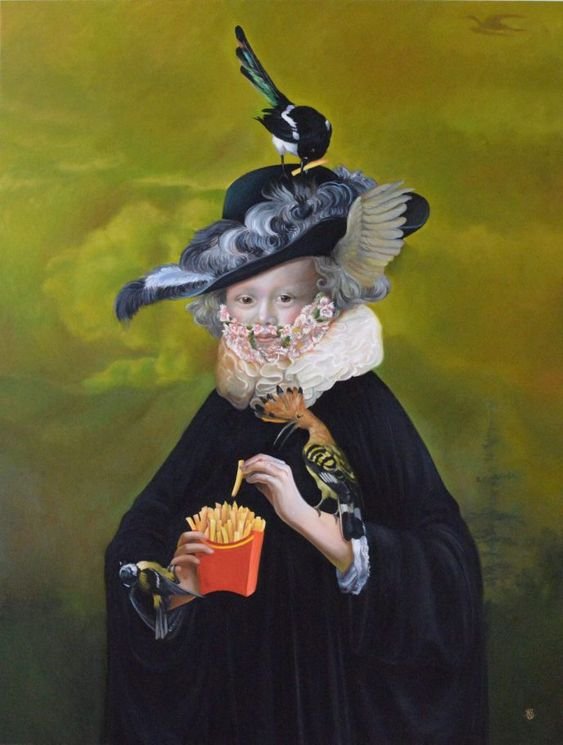Budapest Classics Film Marathon 2024
zita kisgergely
By the end of summer, after the European football championships and Paris Olympics, you might be suffering from something known as sporting event fatigue. I admit, I’ve just made that up. But use any excuse you can to ensure you head over to Budapest in September. Why? Because you’ll be able to once again indulge your love of classic film on the big screen at the 7th annual Classics Film Marathon.
Via www.nfi.hu
As reported in filmneweurope.com, the festival will be held between the 17th and 22nd of September. Put together by Hungary’s National Film Institute, it will comprise of over 100 restored classic films from the world of animation, science fiction, comedy, music and more.
As is custom with the festival, several restoration premiers and rarities from film history will be screened. There’ll also be opportunity to hear from guests and creators and participate in a variety of programmes.
The festival will screen 12 films in honour of this year’s special guest, Wim Wenders, who will receive the International Federation of Film Archives (FIAF) Award. His classic films will once again grace the big screen: Paris, Texas; Wings of Desire and The American Friend–Wender’s breakout film of 1977.
Almost every feature film screening will be preceded by an animated short film; not only a nice additional touch but also an old cinematic tradition. In fact, the Film Marathon will pay special attention to Hungarian animation as it celebrates its 110th birthday. Classics from a range of great Hungarian animators will be screened, some of which have yet to be seen in a cinema in all their fully restored glory.
Hungary has a long and proud tradition of creating and producing animated films, although many of its most celebrated talents emigrated during the world wars of last century before finding recognition in other countries. This tendency didn’t stop in the 1950s either, when many creators, facing political pressure regarding the subject matter of their films, left the country while under communist rule.
But this period was also characterised by consistent state funding of the sector, enabling Hungary to shine in the world of animation. Pannónia Film Stúdió ranked among the top 5 major cartoon studios in the late 1970s, rubbing shoulders with the likes of Walt Disney, Hanna-Barbera, Soyuzmultfilm and Toei.
So, whether it’s animation or feature films that are your thing, be sure to check the listings in September. Screenings will take place at the Toldi cinema, Uránia National Film Theatre, the French Institute, the Budapest Music Center as well as at an outdoor venue set up in front of the Basilica on Szent István Square.
Sources & further information:
Flatpack Films has years of experience servicing international brands, agencies, and production companies. Filming in Hungary is easy when relying on their knowledge of the market and ability to solve complex needs. They bring the best that Hungary has to offer in terms of unique locations, exceptionally skilled crews, top-of-the-line equipment and technical solutions. Backed by an impeccable track record, Flatpack Films has worked with world-class clients including Samsung, Samsonite, Toyota, Braun, Chivas Regal and many more.
Get in touch and learn more about Budapest film locations, Hungarian film incentives, film tax credits in Hungary and how Flatpack









































